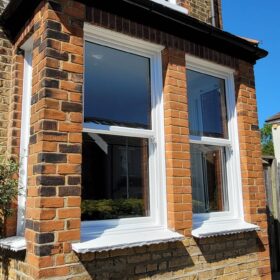Facts aboutLeytonstone
History
The main thoroughfare, Leytonstone High Road, is part of an ancient highway from Epping to London, on the borders of Epping Forest. A small hamlet at Leytonstone had existed since the early 14th century, when it formed part of the parish of Leyton in the county of Essex.
The name Leytonstone, originally “Leyton-atte-Stone”, comes from a distance marker called the High Stone, which stands at the junction of Hollybush Hill (the A1199 road with Woodford) and New Wanstead (the A113 road with Woodford Bridge), near the eastern bounds of the parish. It is a restored 18th-century obelisk set up on an earlier stump, traditionally described as a Roman milestone, possibly marking an extension of the Roman road from Dunmow to Chigwell into London.[2] Two of the obelisk inscriptions are still just legible, others not:”To Epping XI Miles through Woodford, Loughton””To Ongar XV Miles through Woodford Bridge, Chigwell, Abridge”Other Roman archaeological features have been found in the Leyton area, including “a Roman cemetery south of Blind Lane, and massive foundations of some Roman building, with quantities of Roman brick… discovered in the grounds of Leyton Grange.”
General Info
Leytonstone /ˈleɪtənˌstoʊn/ is a town in east London, England, located in the historic county of Essex. Bordering Walthamstow to the north-west, Wanstead to the east, Forest Gate to the south, with Leyton and Stratford to the west and south-west, it is located 7 miles (11.3 km) north-east of Charing Cross.
Having expanded rapidly after the opening of the railway at Leytonstone station in 1856, now the Central line, the town became a dormitory suburb, forming part of the metropolitan conurbation of London. It falls within the London Borough of Waltham Forest local authority area of the ceremonial county of Greater London.






